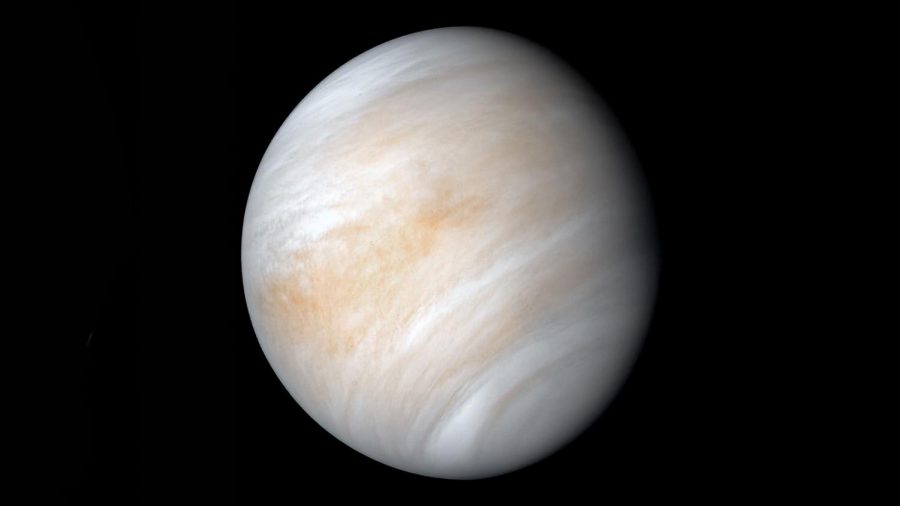Scientists Detect Signs of Life on Venus
More stories from Alec Barker
On September 14th, 2020, a sign of life on Venus was discovered. This sign was nota radio transmission or an array of lights, but rather traces of a gas. Using high-powered telescopes, astronomers detected phosphine, a gas white phosphorus by hydrolysis, something scientists have been hoping to detect on other planets for decades.
On Earth, one of the only known ways phosphine is naturally formed is through the respiratory system of non-oxygen-breathing lifeforms, such as swamp living parasites and a few small single cell organisms.
Finding this gas on other planets suggests that the same process may be occurring there since there would be few oxygen breathing animals on a planet devoid of oxygen. This has sparked debate on whether the phosphine gas was released by an alien life form, or a currently unknown geographic event.
While neither option has been ruled out, the rarity of phosphine producing processes seems to only point to alien life.To scientists and readers alike, this possibility sparks many questions. What would life be like on Venus? When could we by any chance see it up close? To understand these potential aliens as much as possible we must first understand our planetary neighbor, Venus itself. What could these aliens be like?
Adam Mann, a journalist from Scientific American, writes: “Swathed in sulfuric acid clouds and possessing oppressive surface pressures and temperatures hot enough to melt lead, Venus is a hellish world. But the particular cloud layer where the phosphine is present happens to be relatively balmy, with ample sunlight and Earth-like atmospheric pressure and temperature.”
The actual rock surface of Venus is unbearable to alien and earth life alike, having an average temperature of 880 degrees Fahrenheit. This is why scientists are looking towards the much more temperate upper clouds of Venus, where the gas was detected. This cloud layer is much more dense than the skies of earth, meaning life could likely live floating or gliding in the upper clouds.
But what exactly does this life look like? We can only guess. From the little info we have, this animal may range from a whale-sized beast to a microscopic bacteria. So while we shouldn’t get our hopes up that this life is similar to us, there’s nothing proving this theory wrong either. When can we see these organisms? Even though it has only been a month since the news came out, many private companies and state agencies have declared their plans to confirm the source of this phosphine. India’s space agency, for example, plans to send a newly designed probe by 2023 to survey the skies of Venus. If life is confirmed, we could expect Venus to become a center of focus for both scientists and space agencies across the globe. With Venus being the closest planet to Earth, and new opportunities for discovery arising, it is very likely that we may see humans colonizing the clouds of Venus within our lifetimes.











